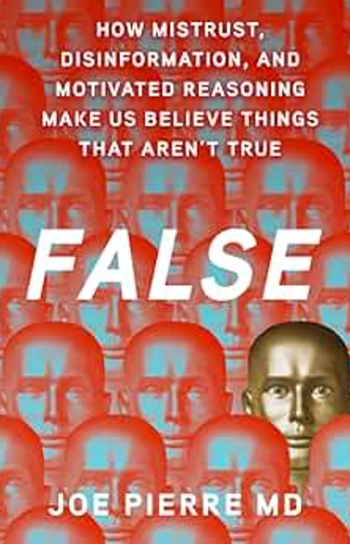
- Psychiatric Times Vol 27 No 7
- Volume 27
- Issue 7
The Rise and Fall of the Biopsychosocial Model
Ultimately, Dr Ghaemi endorses a pluralistic approach and a “method-based psychiatry” in contrast to the eclecticism of the BPS. This method-based approach recognizes that one method may be more correct than others on the basis of empirical data and conceptual soundness (the “less is more” view), versus the BPS model, in which all methods can be equally correct (the “more is better” view).
In
In part 3, “What Next?” Dr Ghaemi reintroduces the paradigms of William Osler’s medical humanism and Karl Jaspers’ biological existentialism. He confesses that human beings cannot be completely described by scientific methods alone. Other forms of knowledge-literature, history, poetry, and philosophy-can help us understand human lives and passions. He explains in detail, and in necessary depth, the meaning behind 2 German words-erklren (causal explanation) and verstehen (meaningful understanding)-and how these concepts can illustrate the art of medicine.
Ultimately, Dr Ghaemi endorses a pluralistic approach and a “method-based psychiatry” in contrast to the eclecticism of the BPS. This method-based approach recognizes that one method may be more correct than others on the basis of empirical data and conceptual soundness (the “less is more” view), versus the BPS model, in which all methods can be equally correct (the “more is better” view).
The final sections of the book are an afterword, an appendix, and a brief glossary. In the afterword, “Preempting the Straw Man,” Dr Ghaemi adequately summarizes the book and notes that attachment to theories, like the BPS model, are hard to change. He concludes by conceding that these ideas are not necessarily changed by evidence but, perhaps, by the coming of new generations. This leads to the appendix, “How Can We Teach It? A Proposal for Education of Psychiatrists,” in which the author presents his vision for training psychiatrists during their 4 years of residency. Finally, the glossary provides a quick refresher of conceptual terms used frequently in the book.
In short, this is a thoughtful and well-researched book. At minimum, it is an essential read for academic psychiatrists and residents involved in teaching and learning. More broadly, it is a good read for anyone interested in the historical and philosophical aspects of psychiatric theories. Dr Ghaemi effectively demonstrates that many years before the birth and spread of the BPS model and its subsequent mantra, talented physicians such as William Osler and Karl Jasper already had the right ideas about the art and science behind the practice of medicine in general, and psychiatry in particular.
Articles in this issue
over 15 years ago
July 2010 Issue Quizover 15 years ago
Managing a Psychiatric Emergencyover 15 years ago
Safety in the Evaluation of Potentially Violent Patientsover 15 years ago
Psychiatric Emergencies in the Elderlyover 15 years ago
Enhancing Clinician Safety and Managing Psychiatric Emergenciesover 15 years ago
Mental Health Parity Law Under Attackover 15 years ago
On the Instability of Diagnoses Across Timeover 15 years ago
Integrative Management of ADHD: What the Evidence Suggestsover 15 years ago
Concentrationover 15 years ago
Taking the Helm With Gratitude-To Boldly GoNewsletter
Receive trusted psychiatric news, expert analysis, and clinical insights — subscribe today to support your practice and your patients.

















